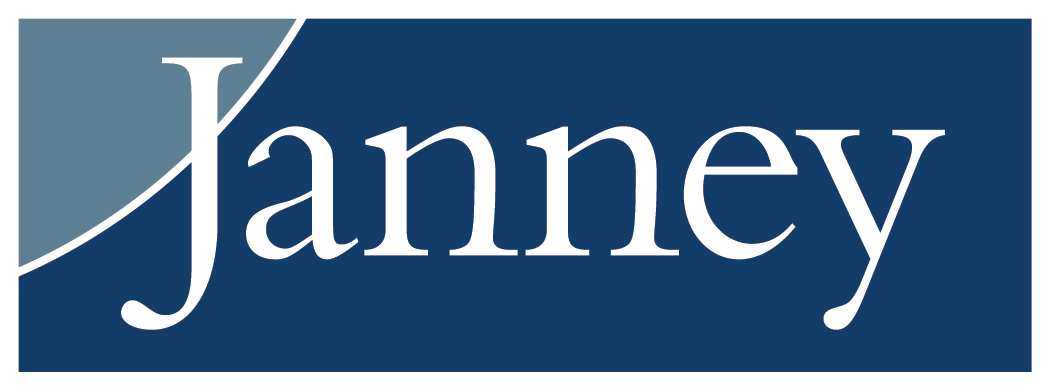1.) Brush Up on the Current Regulations
Visit the IRS Tax Tips1 site.
Get suggestions straight from the source when you check out the tips and information here.
2.) Use Tax-Advantaged Savings Vehicles
Contribute to a 401(k)/403(b) if your employer offers it—and contribute at least the amount that your employer matches.
Whether your contribution is pre-tax or post-tax, any earnings you get on your investments are tax-deferred until withdrawal. If your employer matches contributions, contribute at least that percentage of your paycheck. Otherwise, you’re passing on money that could be invested for you.
Contribute to an Individual Retirement Account (IRA).
If you don’t have a 401(k) or 403(b) (or your spouse doesn’t), you can contribute up to $6,500 into an IRA for the 2023 tax year and up to $7,000 in 2024. You have until April 15, 2024, for it to count for 2023. Over age 50 ½? You can make an additional $1,000 catch-up contribution.
Make a 529 Plan contribution.
If you have college dreams for your child or grandchild, take advantage of the state-tax savings and tax-advantaged growth many 529 plans offer.
3.) Check the Withholding on Your Paycheck
Update your W-4 for life events.
If you got married or divorced, or had a dependent child join your family, you may want to change your W-4 allowance.
Evaluate your W-4 allowances.
Because the Tax Cuts and Jobs Act often resulted in changes to amounts being withheld from paychecks, you might want to reduce the number of allowances you take. Your take-home pay will go down, but you’ll potentially write a smaller check—or no check at all—when you file your taxes.
4.) Gather the Right Information
Check your financial providers’ calendars for tax forms-release dates.
Most financial services firms, including Janney, publish the dates when you can expect to receive (or be able to retrieve) your tax forms well in advance.
Obtain your W-2 by mid-February.
Many employers now make W-2s available electronically, so you may simply need to log on to retrieve it.
Keep a list of your charitable contributions as you make them.
Jotting down donations you make all through the year avoids the rush to note all your contributions when you’re ready to file.
Review your medical expenses.
Health care costs can add up quickly, especially if you’re dealing with a serious illness or long-term care situation. The IRS has a handy tool to help you determine if you qualify for a medical/dental expense deduction2.
Use your credit card’s category reporting to organize business expenses.
Many credit card companies now allow you to group purchases under various categories, such as travel, gas, and food. Pull down reports by category for easier tracking and filing.
5.) Get Help
Use tax-filing software.
There are a number of well-known software programs available to ease the tax-filing process. H&R Block and TurboTax are two well-known ones.
Turn to a tax professional.
If you have a complex financial picture, it can be a good idea to engage an accountant or other tax professional to complete your tax return on your behalf.
2. https://www.irs.gov/help/ita/can-i-deduct-my-medical-and-dental-expenses
Janney Montgomery Scott LLC, its affiliates, and its employees are not in the business of providing tax, regulatory, accounting, or legal advice. These materials and any tax-related statements are not intended or written to be used, and cannot be used or relied upon, by any taxpayer for the purpose of avoiding tax penalties. Any such taxpayer should seek advice based on the taxpayer’s particular circumstances from an independent tax advisor. Janney makes no representation that an individual will obtain gains or losses similar to those illustrated. The concepts illustrated here have legal, accounting and tax implications.
Related Articles
-
Financial Planning
10 Key Changes to the SECURE 2.0 Act
Saving for retirement is getting easier in 2024 thanks to SECURE 2.0. Here, we outline highlights... -
Philanthropic Giving
Tax-Smart Charitable Gifting Strategies
Take advantage of the current tax rules to support the charities you care about and save on your ... -
Tax Planning
3 Tax-Planning Considerations Ahead of Next Year's TCJA Sunset
The Tax Cuts and Jobs Act of 2017 is scheduled to sunset at the end of 2025, meaning significant ...



